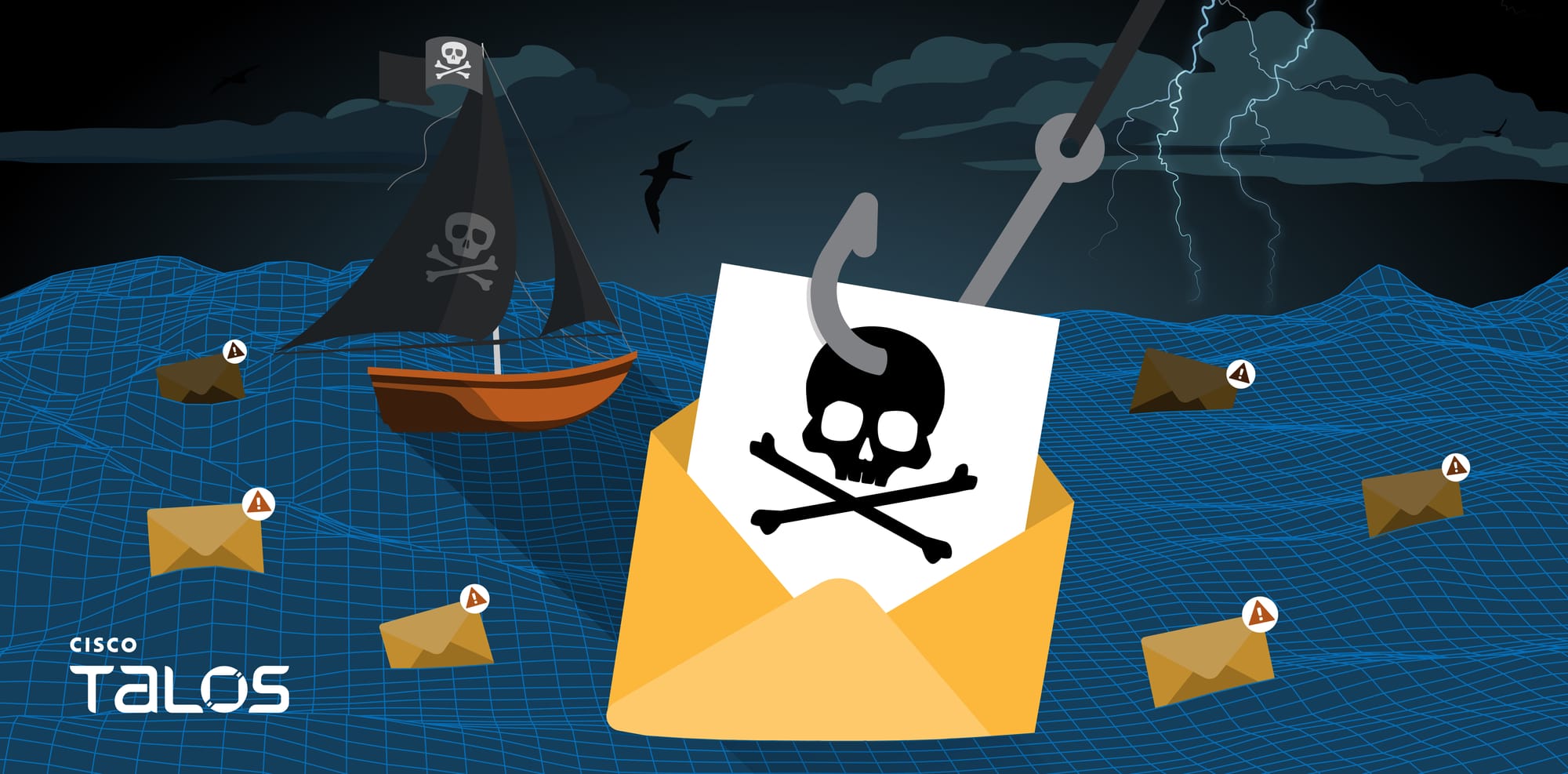- Attackers are abusing normal features of legitimate web sites to transmit spam, such as the traditional method of verifying the creation of a new account.
- This web infrastructure and its associated email infrastructure is otherwise used for legitimate purposes, which makes blocking these messages more difficult for defenders.
- The breadth of different sources of spam suggests that the attackers have automated the process of initially identifying web infrastructure vulnerable to abuse. However, the complexity of executing each individual attack suggests more human involvement.
- Attackers are also testing credentials obtained from data breaches by credential stuffing IMAP and SMTP accounts.

Spammers are always looking for creative ways to bypass spam filters. As a spammer, one of the problems with creating your own architecture to deliver mail is that, once the spam starts flowing, these sources (IPs/domains) can be blocked. Spam can more easily find its way into the inbox if it is delivered from an unexpected or legitimate source. Realizing this, many spammers have elected to attack web pages and mail servers of legitimate organizations, so they may use these “pirated” resources to send unsolicited email.
There are many ways spammers accomplish this task: One is to abuse web pages connected to backend SMTP infrastructure, and another uses breached email/password credentials to try and log into email accounts they can use to send spam. Cisco Talos has new research that explores both styles of attack and delves into some of the tools used by spammers.
Web form abuse
The HTML